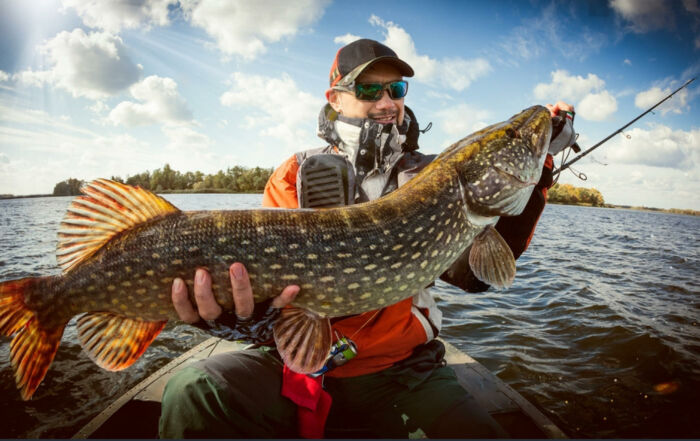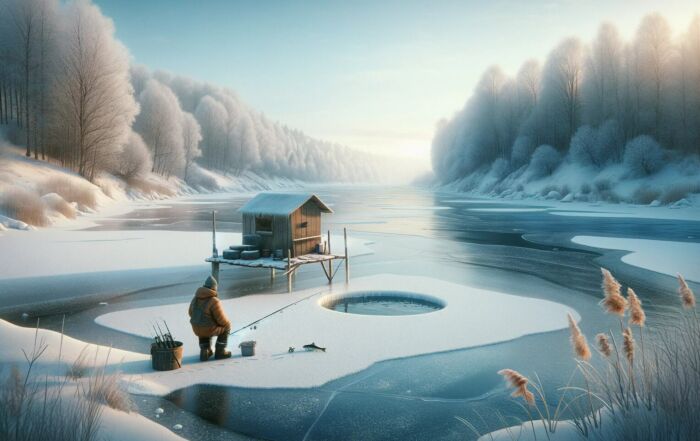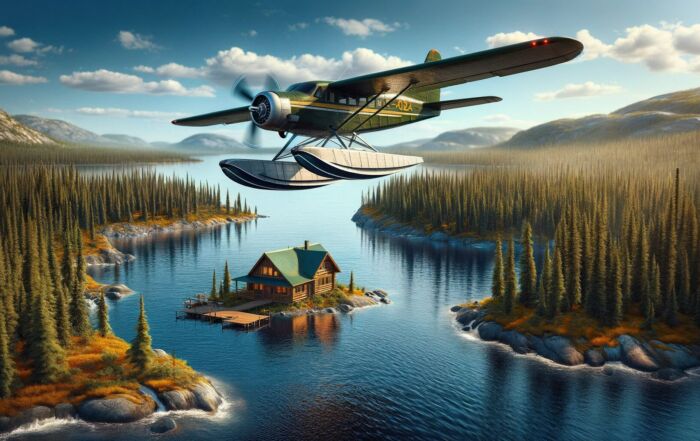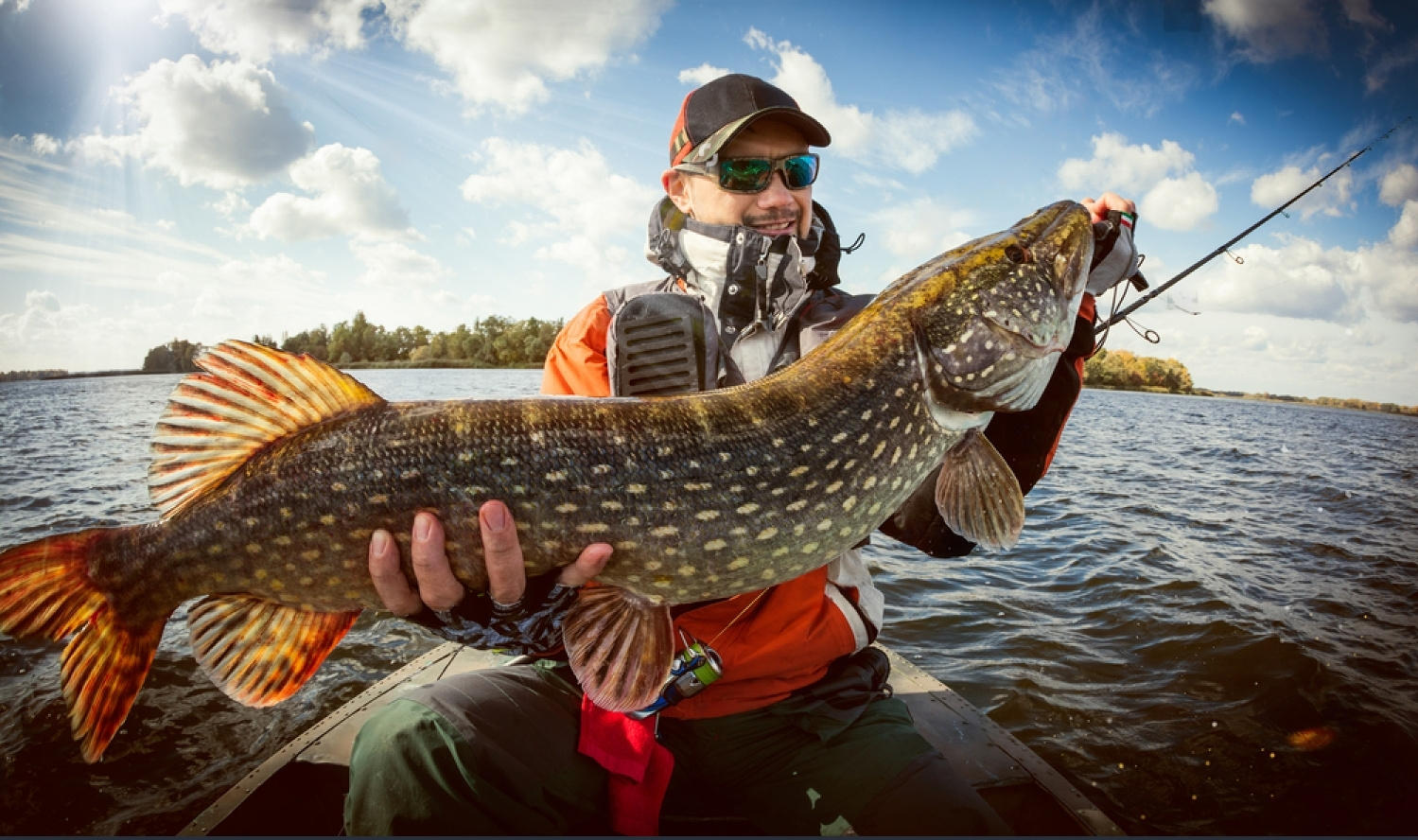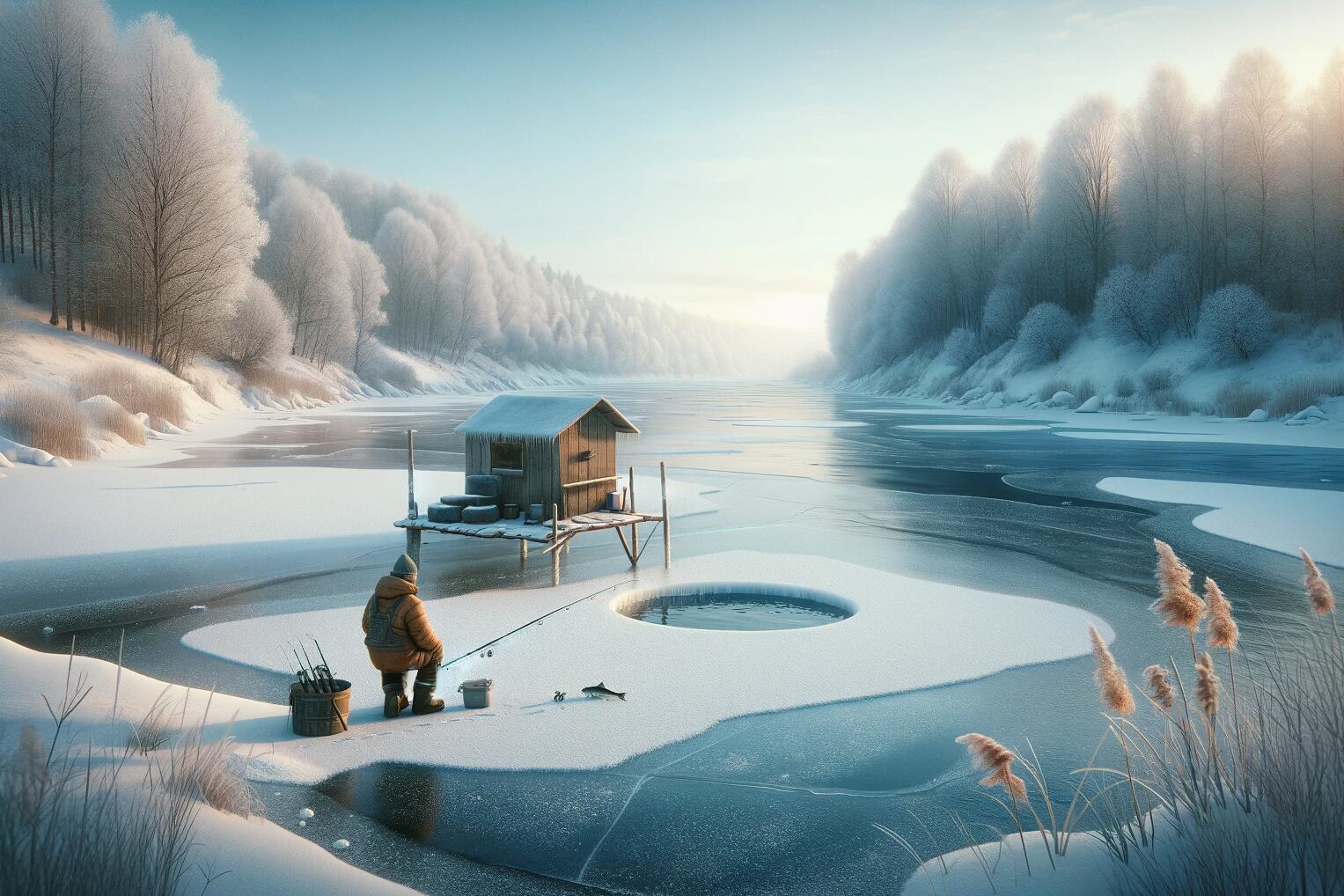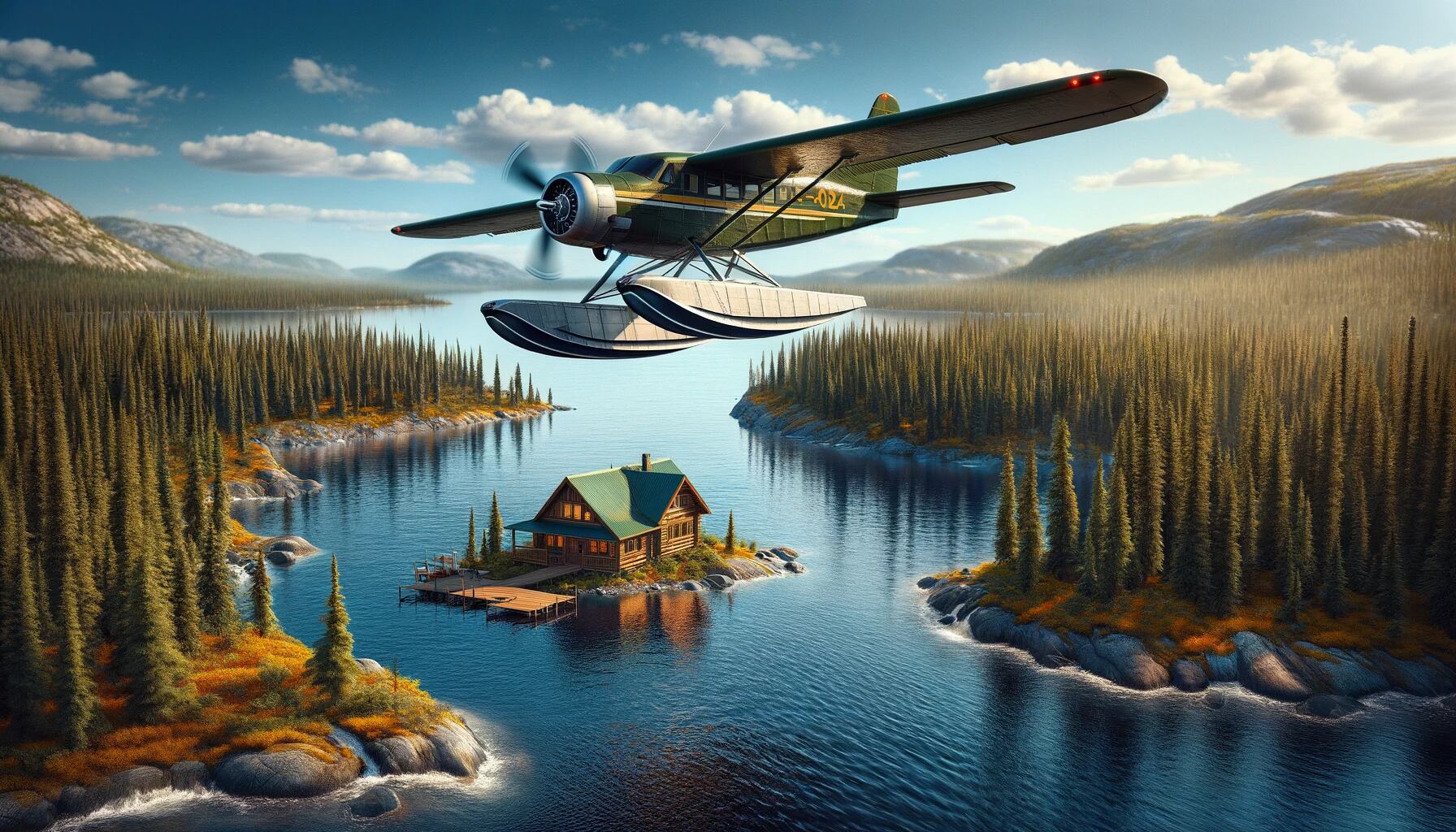Hello there, fishing fanatic! Have you ever heard of a northern pike? You’re in for a treat if not! This is hardly the delicate trout fishing of your grandfather. No, the fish in question has a face only a mother could adore and an attitude to match. The northern pike is what you would get if you crossed a mutant alligator with a dash of fish. Fly fishermen are becoming increasingly enamored with these bad boys and for a good cause. They are entertaining, ferocious, and eager for you to cast your line.
When and Where to Find Them
Many anglers hope to land a northern pike, a fiercely regarded freshwater predator. But in order to improve your chances, you must be aware of their peak activity times and locations. Let’s deconstruct it:
1. Seasonal Movements
Spring: Pike go to shallow, weedy areas for spawning as the ice melts and the waters warm. They are busy and aggressively feeding after spawn, making this an excellent time to hunt them. Seek out marshy/weedy areas, flooded and have a lot of vegetation.
Summer: Pike tend to seek out deeper, colder waters as the temperature rises. During cooler hours of the day, they may travel into shallow water, but they typically stay in deeper areas close to drop-offs or underwater structures.
Fall: Another excellent time of year to fish for pike. Pike grow more active and feed more frequently to put on weight as they prepare for winter. They can be found in areas where deep and shallow waters meet.
2. Key Habitats
Weedy Flats: Pike prefer locations with lots of vegetation because it offers good cover for sneaking up on prey. Locate areas with various weeds, such as milfoil, cabbage, and lily pads.
Ledges and drop-offs: These are transitional areas where shallow and deep water converge. Pike frequently traverse these waters in search of baitfish schools.
Sunken Timber and Structures: For pike, submerged logs, rocks, and man-made structures offer great cover. They frequently skulk about these areas, watching for a fish to swim past that’s not paying attention.
River Mouths and Inflows: Hotspots are places where minor rivers or streams enter larger bodies of water. These areas frequently bring in cooler water with more oxygen and baitfish, which draws pike.
3. Weather Patterns
Pike are susceptible to fluctuations in the weather. Because pike feel more comfortable roving and hunting in shallower waters, overcast days can be fruitful. However, pike may become less active and retire to deeper waters after a cold front.
4. Local Knowledge is Gold
Although it’s important to comprehend pike behavior in general, nothing can replace local expertise. Speak to local guides, fishermen, or proprietors of bait shops. They can offer priceless information on specific locations and recent pike activity.
5. Use Technology
GPS and modern fish finders have the potential to revolutionize the game. You can use them to spot variations in depth, underwater structures, and even fish activity.
Gear Up! Essential Fly-Fishing Equipment for Northern Pike Fishing
There are a few things to do before you start this thrilling trip. Gearing up properly is half the battle won, from reels that can endure those strong runs to rods that won’t let you down. Let’s start with the fundamentals to make your pike fishing trip more than just another day on the water.
1. The Right Fly-Fishing Rod
You need a fly-fishing rod to handle the challenge when targeting pike, especially the big ones. A stout, fast-action fly rod is ideal. Depending on the size of the pike and the type of water you’re fishing, a 7-weight to 9-weight rod is typically recommended. This ensures you have enough backbone to cast larger flies and handle a powerful pike without breaking your rod.
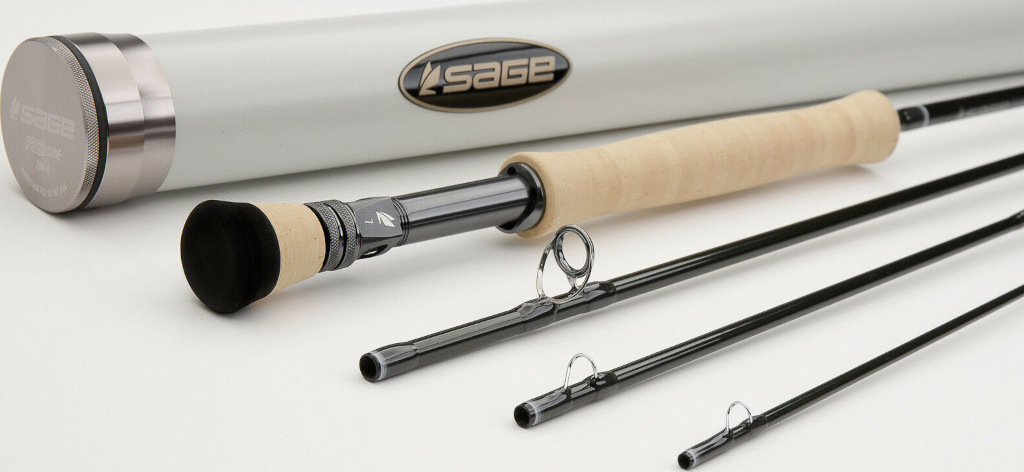
Manufacturer Link: Sage
2. Trustworthy Fly-Fishing Reel
Pike are renowned for their powerful runs and devastating strikes. It’s essential to have a large arbor reel with a smooth drag system. This makes it possible to retrieve the line more quickly and effectively exhausts the fish. If you’re fly-fishing in salty water, make sure the reel is corrosion-resistant.
Manufacturer Link: Hatch Outdoors
3. Fly-Fishing Line Choices
Your choice of line type will likely have a significant impact:
Floating Line: Great for topwater flies and shallow water presentations.
Intermediate Line: Sinks slowly and is perfect for fishing just below the surface, especially in weedy areas.
Sinking Line: Ideal for getting your fly down deep, especially in colder months when pike are lurking in deeper waters.
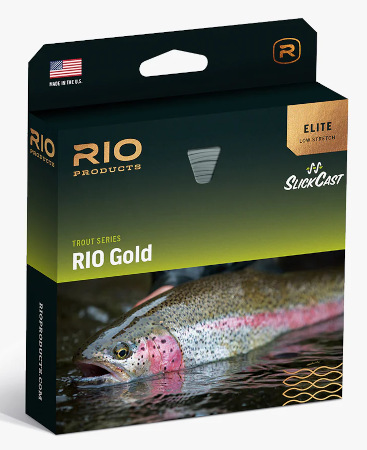
Manufacturer Link: RIO Products
4. Wire Leaders
The razor-sharp teeth easily cut regular fishing line on pike. Use a wire leader at all times to avoid devastating snaps. Typically, a length of 12 to 18 inches is adequate. Select leads with snap swivels for quick fly adjustments.
Manufacturer Link: RIO Products
Choosing the Perfect Fly
The fun part is about to begin: the flies! In contrast to trout fishing, you won’t require a ton of fly boxes. It only takes a few confidence flies to work. Think in terms of size, flash, and color. There is no end to the creativity you may unleash, from streamers that appear to have robbed a feather shop to topwater patterns that imitate frogs or mice.
1. The Deliveryman by Andreas Andersson
This fly is a beast in the water, to put it simply. The Deliveryman has a bright appearance with a blend of vibrant hues intended to simulate the chaotic movement of injured baitfish. Looming pike can’t help but be drawn to it by its long tail and large eyes.
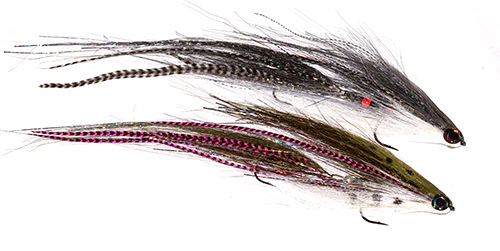
YouTube Link: Andreas Andersson Flies
2. Bearded Wonder by Paul Beel
The Bearded Wonder is a distinctive synthesis of conventional and contemporary fly design. Its tassels, which resemble a beard, move tantalizingly in the water. It is sure to draw notice because of its vivid colors and reflective materials.
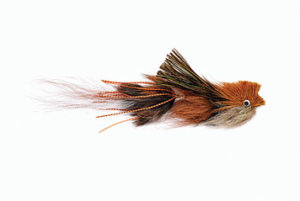
Retail Link: Paul Beel’s Fly Creations
3. The Yard Sale by Matt Grajewski
Don’t be fooled by the name; this fly is all about planned pandemonium. The Yard Sale has a hefty yet aerodynamic appearance because it uses a combination of feathers, tinsel, and synthetic materials in its construction. It attracts pike because of its erratic movement in the water, which resembles a prey in distress.
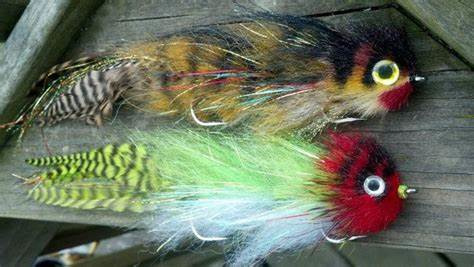
YouTube Link: Nomad Anglers
4. Manbearpig by Pat Cohen
The Manbearpig is a fascinating fly that is truly a masterpiece in fly design. This fly’s realistic presentation is provided by a combination of natural and synthetic elements in its construction. Experienced pike fisherman love it for its colossal profile and brilliant colors.
YouTube Link: Pat Cohen’s Custom Flies
5. MEGA Jerk by Gunnar Brammer
Everything about the MEGA Jerk revolves around size and action. This fly has a long, slim shape and a combination of flashy materials because it was made to catch huge pike. Thanks to its articulated design, even the most resolute pike will be enticed to strike by its natural swimming motion.

YouTube Link: Gunnar Brammer’s Fly Tying
The Art of Presentation
Presentation is crucial when fly-fishing, especially for a crafty predator like the northern pike. It’s essential to make that fly come to life in the water, not merely to have the right fly. How to become an expert is as follows:
1. Recognize Pike’s viewpoint
Spend a moment thinking like a pike before you even cast your line. These scavengers are ambush hunters waiting for the ideal moment to strike. Movement, flash, and anything that resembles their natural prey will draw their attention. Your goal is to make your fly look like an easy meal.
2. Retrieved in Jerk-Strip Fashion
This is a tried-and-true pike fishing technique. An injured baitfish is a prime target for a hungry pike. Therefore, the plan is to imitate one. Cast your line, allow the fly to sink a little, and then retrieve it by jerking and pausing again. The fly’s inherent design and this irregular movement will frequently result in a strike.
3. Vary Your Recovery
Pike has a temper. They will chase a moving target some days while preferring a slower, more deliberate prey on other days. Never be hesitant to vary the speed of your retrieval. Try quick, violent jerks followed by extended pauses or gradual, steady retrieves interspersed with rapid twitches.
4. Employ the Water Column
Depending on the time of day, season, and water conditions, pike can be found at various depths. Don’t only concentrate on the top or bottom. Try out various depths until you discover where the pike are feeding. This can entail utilizing different fly line types (floating, intermediate, or sinking) to achieve the appropriate depth.
5. Pay Attention to the Shadow of Your Fly
A fly’s shadow can be an alluring lure for pike on sunny days. Your fly’s shadow will dance and dart on the lake or riverbank as you recover it, frequently drawing the attention of hungry pike. Utilize this to your advantage by positioning your fly to always cast a distinct, moving shadow between the sun and the pike.
6. React to Follows
A pike may occasionally follow your fly without striking. If you see this, keep trying! Change your retrieve speed, pause more frequently, or even reverse your path. An abrupt shift in the fly’s motion can often bring a strike.
7. Practice Makes Perfect
Mastering the presentation requires time and practice, just like any other art form. Spend some time on the water watching pike as they respond to various moves and retrieves. Don’t be afraid to attempt new things and to learn from your experiences.
Ready, Set, Fish!
Are you prepared to accept the task, then? Northern pike fly fishing is a unique experience. It’s exciting, primal, and guaranteed to make your heart race. You only need one mouthful to become addicted (pun intended)!
Plan Your Next Adventure at Cobham River Lodge!
Why not create lasting memories on your upcoming fishing trip? Visit Cobham River Lodge for the best fishing around. It’s an angler’s heaven with clear waters and plenty of pike. So gather your fishing supplies, grab your companions, and enjoy an unforgettable fishing experience!

